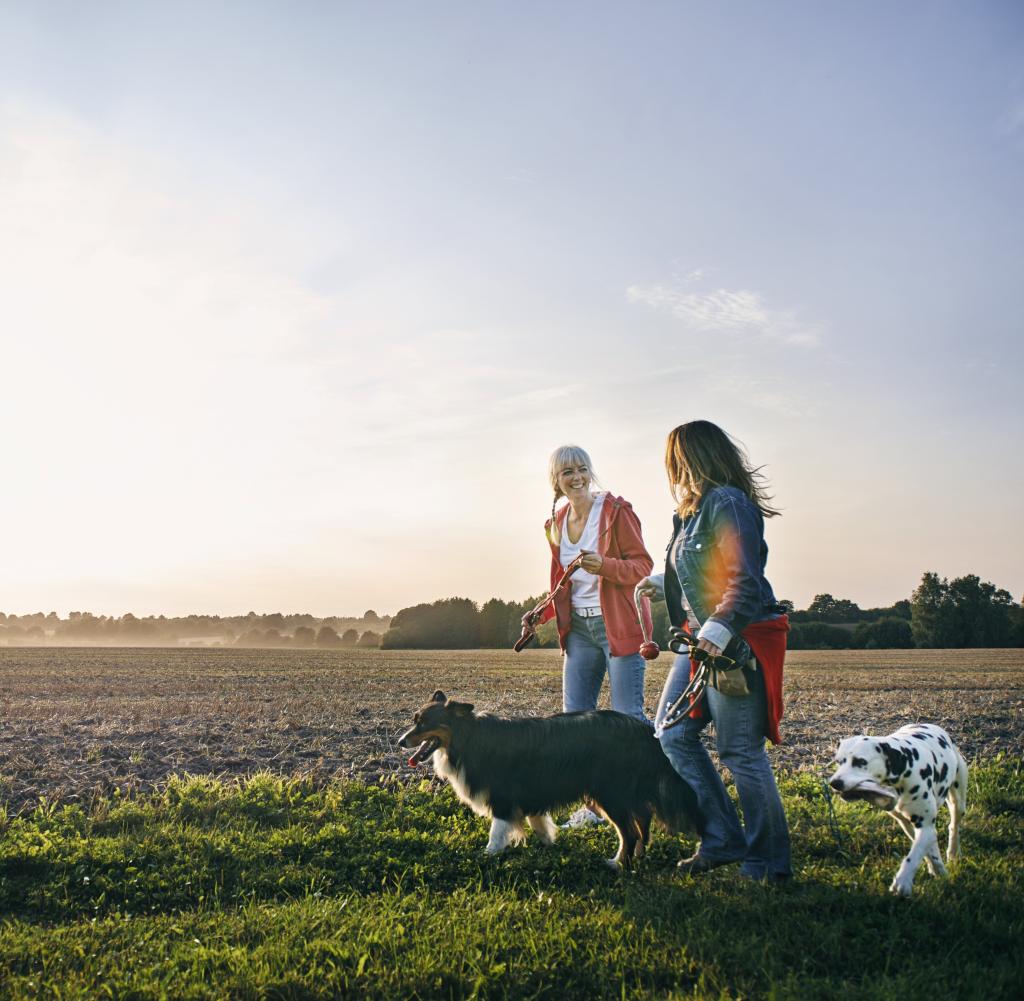
People affect the level of pollutants in the air – among other things through chemical reactions with substances on their skin
Source: Getty Images
Many people spend most of their lives indoors – where they are exposed to a complex mixture of chemicals. Special experiments show how powerfully humans themselves influence the interaction of these substances.
DrPollutant content in rooms According to a study It is critically affected by whether or not people are in the room. The human body is said to cause similar processes inside as those that occur on a large scale in the interaction of the Earth and the atmosphere Commenting on the study. Such processes can have a significant impact on indoor air quality, experiments led by Mainz researchers have shown.
Europeans, like North Americans, spend an average of about 90 percent of their time indoors, as do the team around Nora Zanoni and Jonathan Williams From the Max Planck Institute for Chemistry in Mainz explained. They are exposed to a large number of chemicals that are released, for example, from building and upholstery materials, from cleaning agents or when cooking. In addition, people consider themselves an important source of gaseous substances and particles. In addition, there are materials that are brought from abroad when broadcasting.
Zannoni’s team has now used a private room at the Technical University of Denmark in Copenhagen to investigate how the human body affects this mixture of different, and sometimes harmful, substances. Among other things, the amount of ozone in the presence and absence of people and the concentrations of so-called hydroxyl radicals (hydroxy radicals) in room air were analyzed.
of ozone The resulting hydroxide radicals are also referred to as “atmospheric cleaners,” and are the most important group of free radicals in the Earth’s atmosphere. The breakdown of most oxidized trace substances in the air is due to reactions with them. During oxidation, substances poorly soluble in water are converted into more water-soluble substances, which are washed away by precipitation. In this way, toxic substances such as benzene are removed from the upper layers of the air.
The roots react with the substances on the skin
Hydroxyl radicals are formed in the atmosphere mainly during the so-called photolysis by ultraviolet light. This process plays a smaller role indoors because window glass only transmits small amounts of UV light. OH radicals are formed here, for example, through reactions of ozone with substances from cleaning agents such as alkenes and terpenes – or by interaction with the human body.
So ozone reacts with a fatty substance – squalene – on the surface of the skin and releases hydroxide radicals, among other things. The reaction occurs not only on the skin itself, but also on skin scales in the dust deposited as well as on clothing and other surfaces in contact with the skin.
The researchers explain how the people in the room as bioreactors influence the mixture of chemicals in the air that depends largely on the concentration of ozone there. And this, in turn, depends on its concentration in the open air and the rate of ventilation of the room. Occupancy density and percentage of skin not covered by clothing also have an effect, with high temperature and humidity increasing the urge to interact.
The findings mean a reassessment of the acute and chronic health risks of household items, according to Zannoni’s team. It has already been shown that some products of OH oxidation such as methacrolein are toxic – but there is still no classification for a large number of reaction products. Knowing the effect of the human body can help in choosing the compounds for which toxicity data should be generated.
“Both the human body and Earth are chemical reactors that consume or produce oxidants and oxidants in the atmosphere around them,” wrote Coralie Shoemaker of the University of Lille (France) and Nicolas Carslaw of the University of York (UK). Commentary on the study of science.
It would be interesting to see if indoor human emissions interact with chemicals such as nitrate radicals, which are a major oxidant in the atmosphere outdoors at night and may be present in dimly lit indoor spaces during the day. Better working and living environments can be created with more knowledge about indoor air quality.
According to the Federal Ministry of Health, around four million people die around the world every year as a result of indoor air pollution. Air pollutants such as formaldehyde, turbines and PCBs come mainly from building materials, cleaning agents and furniture, and can also be caused by moisture and combustion processes – such as cooking, open fires, or smoking.

“Total coffee aficionado. Travel buff. Music ninja. Bacon nerd. Beeraholic.”









More Stories
Researchers detect extremely high-energy gamma rays
Anxiety disorders in old age increase the risk of dementia
Researchers are particularly fascinated by these exoplanets.